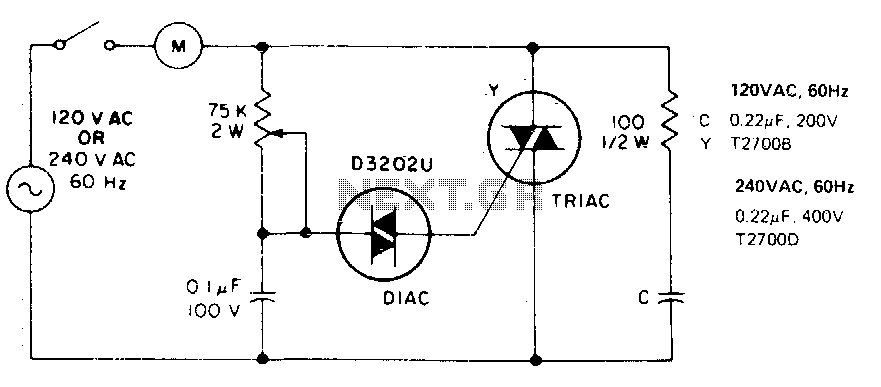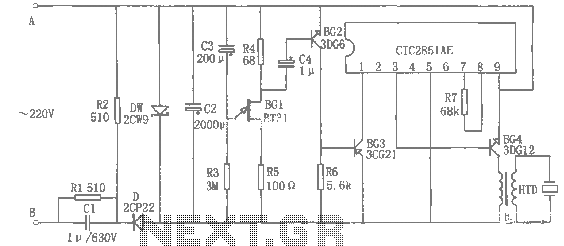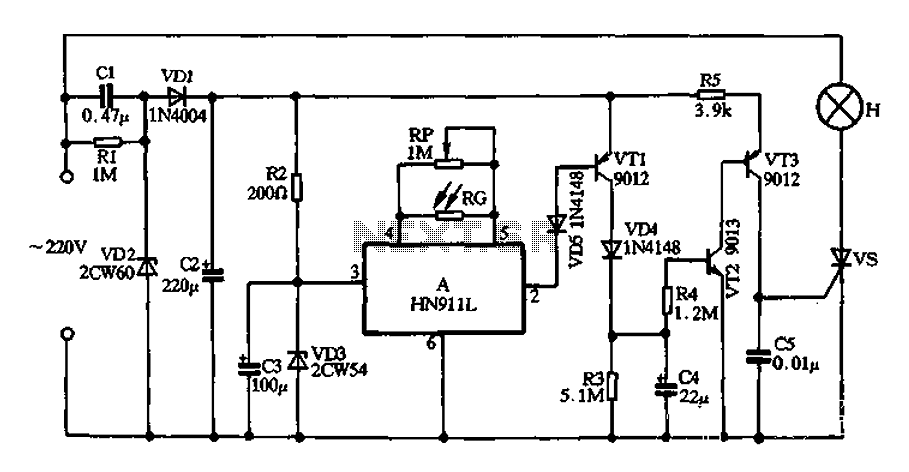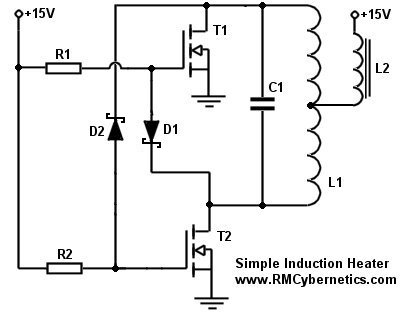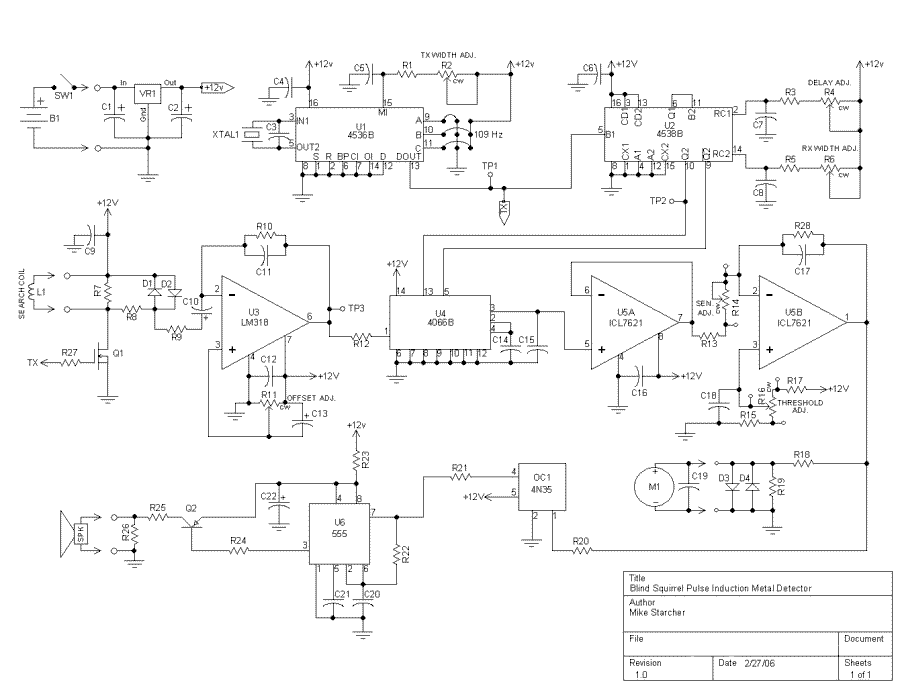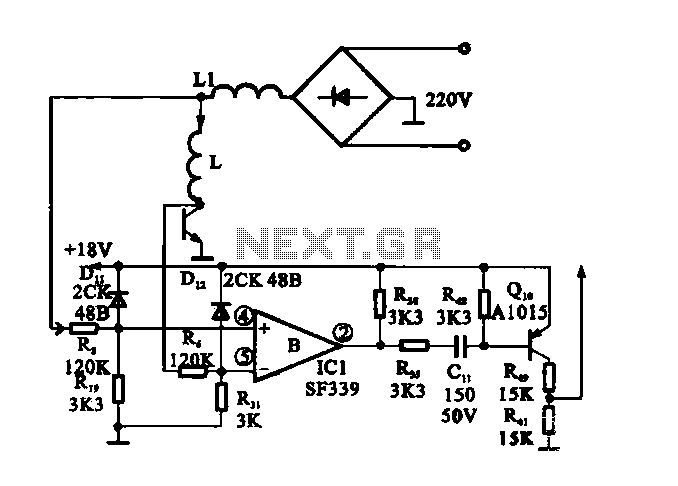
Induction Cooker
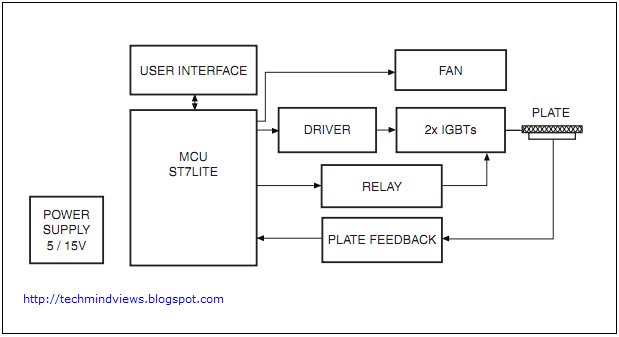
A recent study conducted by a US Government agency indicates that induction cooking is the most energy-efficient cooking method compared to electric heaters, gas, and microwave ovens. There are other new cooking methods such as halogen cooking. An induction cooker, also known as an induction chulha, primarily operates based on electromagnetic induction technology. When current flows through a wire coil, it generates a variable magnetic field. This magnetic field induces eddy currents at the bottom of the cooking vessel. The significant amount of thermal energy produced heats the bottom quickly, allowing food to cook rapidly, making it a more efficient and power-saving cooking technique. In contrast to other cooking methods, where heat is generated in the stovetop by electrical coils or gas combustion, induction cooktops generate heat directly in the cooking vessel, enhancing efficiency. To be compatible with an induction cooker, a cooking vessel must be made from ferromagnetic metals such as steel or iron. Induction cookers are faster and more energy-efficient than traditional electric cookers, providing instant control of temperature and electricity similar to gas burners. The risk of burn injuries is significantly reduced because induction heats the cooking vessel itself rather than the cooktop surface; the surface only warms from contact with the vessel, making this method the most efficient for cooking. Unlike traditional cooking equipment, there are no flames or red-hot electric heating elements. The induction effect does not heat the air surrounding the vessel, further contributing to energy efficiency. A useful tip for cooking on an induction cooktop is to start with a high wattage, such as 2000 watts, and then gradually reduce it to a lower wattage, around 100 watts, to prevent food from burning.
Induction cooking technology represents a significant advancement in culinary practices, leveraging the principles of electromagnetic induction to provide rapid and efficient heating. The induction cooktop consists of an induction coil that generates a magnetic field when an alternating current passes through it. This magnetic field penetrates the ferromagnetic base of the cookware, generating eddy currents that produce heat directly within the pot or pan. This direct heating method minimizes heat loss, making induction cooking more energy-efficient than traditional methods.
The design of induction cooktops typically includes a smooth glass-ceramic surface that is easy to clean and maintain. The cooktop's surface remains relatively cool during cooking, as it is heated primarily by contact with the cookware. This characteristic not only enhances safety by reducing the risk of burns but also contributes to a cleaner cooking environment, as spills are less likely to burn onto the surface.
Induction cookers are equipped with advanced features such as touch controls, timers, and temperature settings, allowing precise cooking adjustments. They also often include safety features such as automatic shut-off and pan detection, which ensures that the cooktop only operates when compatible cookware is in place.
In summary, induction cooking technology provides a modern, efficient, and safe alternative to traditional cooking methods, making it an increasingly popular choice in contemporary kitchens. Its ability to deliver rapid heating and precise temperature control positions it as a leading option for energy-conscious consumers.As per a recent study conducted by a US Government agency, Induction cooking is the most energy efficient cooking method compared to electrical heaters, gas and microwave ovens. There are other new cooking methods such as Halogen Cooking, find our article on Halogen Cookers(Ovens) here.
Induction cooker(or induction chulha) is mainly based on the electromagnetic induction technology. Current generates variable magnetic field after running through the wire coil. Eddy current is generated at the bottom when the magnetic field induces the cooker plate. A large amount of thermal energy produced can heat the bottom quickly, thus heating up the food very fast, thus a more efficient and power saving technique for cooking. In other forms of cooking, the heat is being generated in the stove top by electrical coils or burning gas, but here in Induction Cooktop, heat is generated directly in the cooking vessel, thus its more efficient.
To be used on an induction cooker, a cooking vessel must be made of a ferromagnetic metal like steel, iron etc. Induction cookers are faster and more energy-efficient than traditional electric cookers. They allow instant control of temperature and electricity similar to gas burners. The possibility of burn injury is significantly less than with other methods as induction heats the cooking vessel itself, not the surface; the surface of the cook top is only heated from contact with the vessel, hence this method is the most efficient cooking method.
There are no flames or red-hot electric heating elements as found in traditional cooking equipment. The induction effect does not heat the air around the vessel, resulting in further energy efficiency. Tip: Is your food burning while cooking on Induction Cook Top Don`t worry, from my experience it is found that if you start cooking with high watt, say 2000, then slowly reduce it to lower watt, say 100 you can cook any food with Induction Cooker!
🔗 External reference
Induction cooking technology represents a significant advancement in culinary practices, leveraging the principles of electromagnetic induction to provide rapid and efficient heating. The induction cooktop consists of an induction coil that generates a magnetic field when an alternating current passes through it. This magnetic field penetrates the ferromagnetic base of the cookware, generating eddy currents that produce heat directly within the pot or pan. This direct heating method minimizes heat loss, making induction cooking more energy-efficient than traditional methods.
The design of induction cooktops typically includes a smooth glass-ceramic surface that is easy to clean and maintain. The cooktop's surface remains relatively cool during cooking, as it is heated primarily by contact with the cookware. This characteristic not only enhances safety by reducing the risk of burns but also contributes to a cleaner cooking environment, as spills are less likely to burn onto the surface.
Induction cookers are equipped with advanced features such as touch controls, timers, and temperature settings, allowing precise cooking adjustments. They also often include safety features such as automatic shut-off and pan detection, which ensures that the cooktop only operates when compatible cookware is in place.
In summary, induction cooking technology provides a modern, efficient, and safe alternative to traditional cooking methods, making it an increasingly popular choice in contemporary kitchens. Its ability to deliver rapid heating and precise temperature control positions it as a leading option for energy-conscious consumers.As per a recent study conducted by a US Government agency, Induction cooking is the most energy efficient cooking method compared to electrical heaters, gas and microwave ovens. There are other new cooking methods such as Halogen Cooking, find our article on Halogen Cookers(Ovens) here.
Induction cooker(or induction chulha) is mainly based on the electromagnetic induction technology. Current generates variable magnetic field after running through the wire coil. Eddy current is generated at the bottom when the magnetic field induces the cooker plate. A large amount of thermal energy produced can heat the bottom quickly, thus heating up the food very fast, thus a more efficient and power saving technique for cooking. In other forms of cooking, the heat is being generated in the stove top by electrical coils or burning gas, but here in Induction Cooktop, heat is generated directly in the cooking vessel, thus its more efficient.
To be used on an induction cooker, a cooking vessel must be made of a ferromagnetic metal like steel, iron etc. Induction cookers are faster and more energy-efficient than traditional electric cookers. They allow instant control of temperature and electricity similar to gas burners. The possibility of burn injury is significantly less than with other methods as induction heats the cooking vessel itself, not the surface; the surface of the cook top is only heated from contact with the vessel, hence this method is the most efficient cooking method.
There are no flames or red-hot electric heating elements as found in traditional cooking equipment. The induction effect does not heat the air around the vessel, resulting in further energy efficiency. Tip: Is your food burning while cooking on Induction Cook Top Don`t worry, from my experience it is found that if you start cooking with high watt, say 2000, then slowly reduce it to lower watt, say 100 you can cook any food with Induction Cooker!
🔗 External reference
